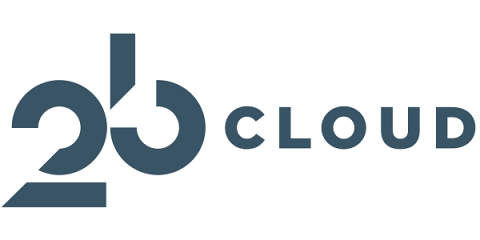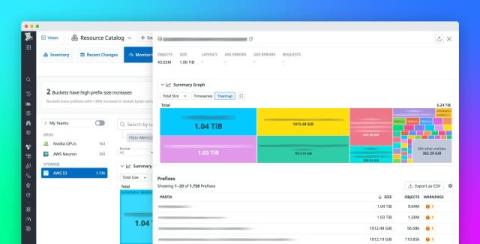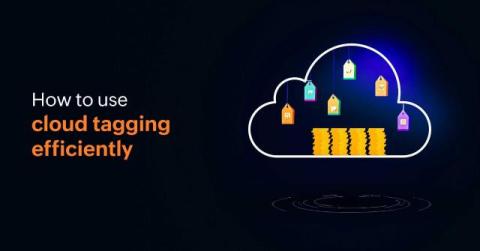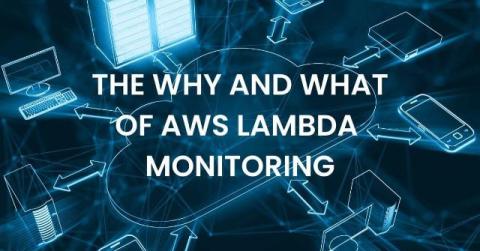GPUs on AWS: How to Run Complex Math Faster and Cheaper
As cloud architects, we’re all chasing the holy grail: performance and cost-efficiency. Whether you’re running complex mathematical algorithms, AI workloads, or just trying to process massive datasets, the type of EC2 instance you choose can make or break your goals. In recent months, more customers from industries like medical imaging and cybersecurity have been turning to GPU-powered EC2 instances to supercharge their computations.











